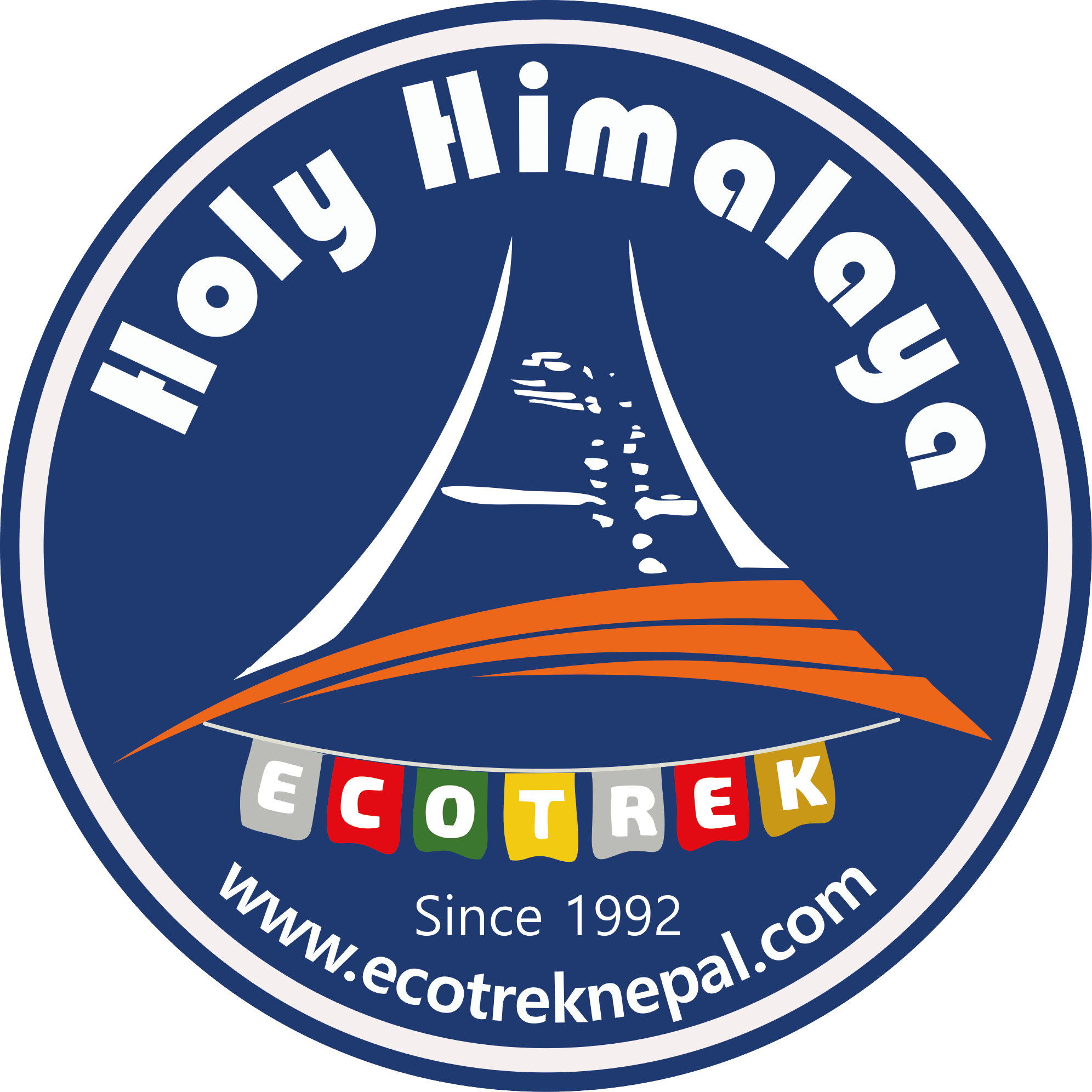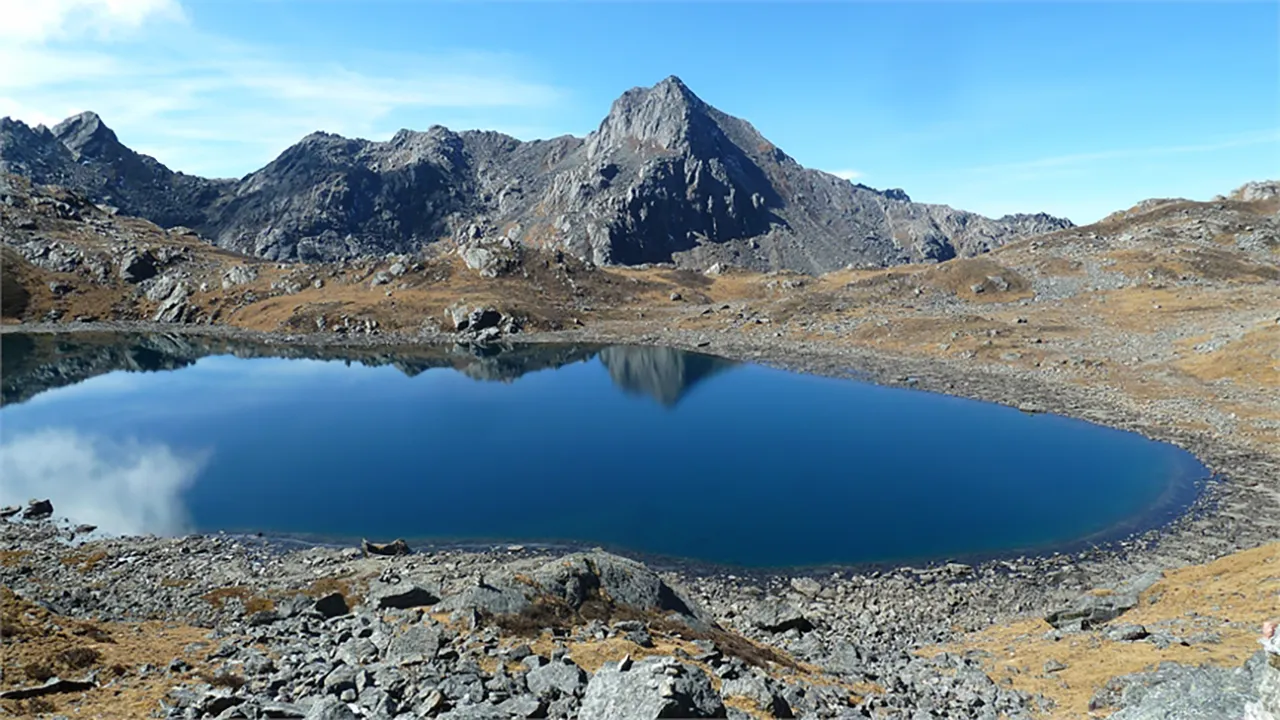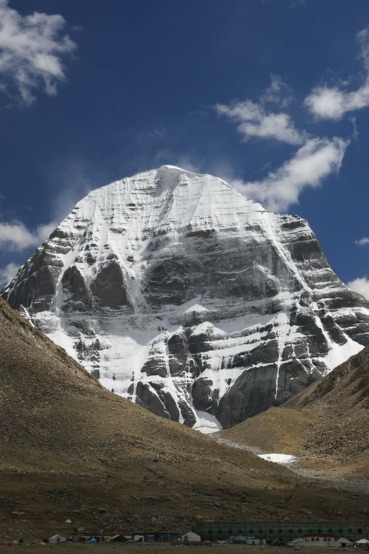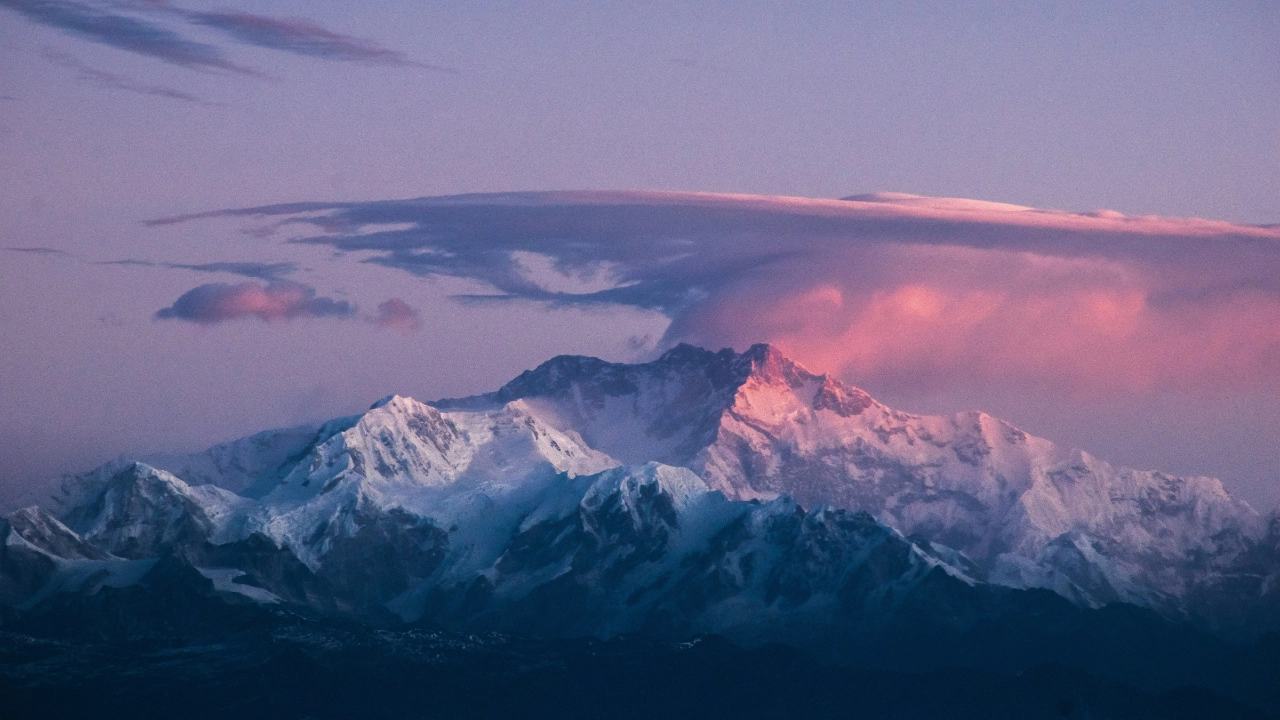
Ruby Valley Trek
Tour snapshot
14 Days
Spring and Autumn
2 persons
Nepal
Remote Valley Trek
Overview
The Ruby Valley Trek, nestled in the heart of the majestic Himalayas, is a true gem that captivates trekkers from around the world. Located in the remote region of Gorkha district in western Nepal, this breathtaking trek unveils a tapestry of natural wonders, cultural richness, and unforgettable landscapes.
Surrounded by towering peaks, including the magnificent Ganesh Himal, Langtang Himal, and Manaslu Himal, the Ruby Valley Trek immerses you in a world of rugged beauty. The trail winds through lush valleys, cascading waterfalls, and pristine glacial lakes, painting a picture of unparalleled natural splendor. The region is adorned with a diverse array of flora, including rhododendron forests that burst into vibrant shades of red and pink during the spring season.
As you embark on this journey, you'll encounter the warm hospitality of the local Tibetan communities, who have preserved their rich cultural heritage for generations. Their vibrant traditions, colorful attire, and unique customs offer a glimpse into a way of life that has remained largely untouched by the modern world. The melodic chants of Buddhist prayers echo through the valleys, evoking a sense of serenity and spiritual connection.
The Ruby Valley Trek is a haven for adventure seekers and nature enthusiasts alike. The landscapes are truly awe-inspiring, with rugged mountain ridges, serene meadows, and ancient monasteries perched atop cliff edges. The region is also home to a diverse array of wildlife, including the elusive snow leopard, the majestic Himalayan tahr, and a variety of exotic bird species.
As you trek through these remote and untamed landscapes, you'll encounter challenges that test your endurance and determination. The trail ascends through steep, rocky terrain, crossing high mountain passes and offering breathtaking vistas of the Himalayan giants. Along the way, you'll have the opportunity to immerse yourself in the local culture, savor traditional Nepali cuisine, and forge lifelong memories with fellow trekkers.
Whether you're an experienced mountaineer or a first-time trekker, the Ruby Valley Trek promises an unforgettable adventure. It is a journey that will leave you awestruck by the grandeur of nature, enriched by the warmth of local hospitality, and forever transformed by the profound beauty of this hidden Himalayan gem.
Highlights
- Stunning views of majestic Ganesh Himal, Langtang Himal and Manaslu
- Trek through lush rhododendron forests
- Encounter the warm hospitality and rich cultural heritage of local Tibetan communities
- Witness the ancient Buddhist monasteries perched atop cliff edges
- Cross high mountain passes and navigate rugged, untamed landscapes
- Enjoy pristine glacial lakes and cascading waterfalls along the trail.
Itinerary















Included/Excluded
Service Fee Only, Explore Nepal Fully!
Select Dates
{{type.name}}
{{type.display_price}} per person
Guests
Extra prices:
- {{total_price_html}}
- {{pay_now_price_html}}
FAQs about Ruby Valley Trek

The Ruby Valley Trek offers a diverse trekking experience throughout the year, with the spring (March–May) and autumn (September–November) seasons being the most favorable. During these periods, the weather is mild, the skies are clear, and the mountain views are stunning. Trekkers in March and April can enjoy the blooming rhododendron flowers. While summer (June–August) brings monsoon rains, making trails slippery, and winter (December–February) can be cold, the region remains accessible year-round. November and early December are also popular for their stable temperatures and occasional snowfall.

The Ruby Valley Trek offers an authentic experience with nights spent in homestays or local lodges, immersing you in the warm hospitality and homely environment of the mountain regions. In addition to these unique accommodations, you will need to arrange for at least two nights of hotel stays in Kathmandu, before and after the trek. This package does not include Kathmandu hotel stays, giving you the flexibility to choose accommodations that align with your personal preferences and budget.

During the Ruby Valley Trek, you'll be provided with nutritious, hygienic, and tasty meals suitable for the high-altitude environment. The package includes breakfast, lunches, and dinners. As the trek emphasizes cultural immersion, you'll mostly stay in homestays, allowing you to savor authentic local cuisine. Fresh vegetables, herbal teas (green, lemon, and ginger), and garlic soup are highly recommended to support acclimatization. While meat dishes may be available, it's advisable to avoid them due to quality concerns. Experts also suggest limiting alcohol, caffeinated drinks, hot chocolate, and dairy products during high-altitude treks.

During the Ruby Valley Trek, communication and internet access are available through 4G data services at lodges and homestays, albeit with a small service charge. As you ascend to higher altitudes, communication will primarily rely on phone networks. The Discovery World Trekking office maintains daily contact with all trek groups via trek leaders to ensure everything is running smoothly. While you can purchase a local SIM card in Kathmandu, network coverage may vary depending on the service provider. Electricity for charging devices is available at lodges and homestays upon payment of a nominal fee. For drinking water, you can either purchase mineral water or refill bottles with boiled or filtered water provided by the accommodations, with purification tablets recommended.

The Ruby Valley Trek offers an affordable and accessible mountain adventure, as it borders the Manaslu Conservation Area and Langtang National Park without requiring any permits. This makes it an ideal choice for trekkers seeking an inexpensive yet enriching mountain experience. Nestled between these protected areas, the Ruby Valley Trek provides a taste of Nepal's natural splendor without the added cost of permits, making it a budget-friendly option for those yearning for a mountain fix.










